Tag: drugs
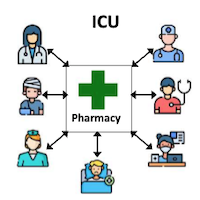
10 Reasons for Pharmacy Professionals Presence in the ICU
The momentum exists for establishing and expanding ICU pharmacy practice throughout Europe. A first step should be a White Paper, describing the roles and key priorities for ICU pharmacy professionals. Education should... read more
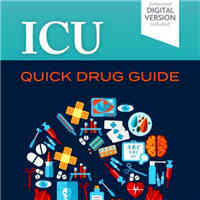
ICU Quick Drug Guide
Offering essential, evidence-based practice guidelines specifically for the critical care setting, ICU Quick Drug Guide contains up-to-date information in a quick-access format. This portable handbook provides fast, accurate... read more

Patients Discharged From the ICU on a Dopamine Infusion
Despite a higher ICU readmission rate, ICU discharge of patients on dopamine infusion was not associated with increased mortality. The hospital mortality rate was comparable in both groups, despite that the median logistic... read more

Impact of Marijuana on Venous Thromboembolic Events
Tetrahydrocannabinoids (THC) exposure increases the risk of TEC in patients with trauma. Early identification and treatment for TEC is required to improve outcomes in this high-risk subset of trauma patients. We performed... read more
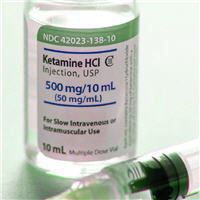
Midazolam and Ketamine Produce Neural Changes in Memory and Pain
Painful stimulation during light sedation with midazolam, but not ketamine, can be accompanied by increased coherence in brain connectivity, even though details are less likely to be recollected as explicit memories. In... read more

Clinical Pharmacokinetics and Pharmacodynamics: Concepts and Applications
Updated with the latest clinical advances, Rowland and Tozer’s Clinical Pharmacokinetics and Pharmacodynamics, Fifth Edition , explains the relationship between drug administration and drug response, taking a conceptual... read more

Ketamine: A Review of an Established Yet Often Underappreciated Medication
has proven to be a complex medication with unusual properties, heterogeneous, interconnected mechanisms, and diverse, sometimes contested, clinical uses. Ketamine's story begins in 1956 when scientists identified a new... read more

Conversion From Continuous Infusion Fentanyl to Continuous Infusion Hydromorphone in the Pediatric ICU
A median 14% fentanyl dose reduction was noted when transitioning to hydromorphone. Further exploration is needed to determine if opioid rotations with hydromorphone can reduce opioid/sedative exposure. A total of 36 children... read more
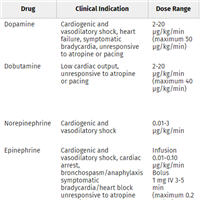
Early Mobilization of Patients Receiving Vasoactive Drugs in Critical Care Units
Evidence determining specific doses of vasoactive drugs that would allow safe mobilization of patients in critical care is lacking. The criteria that have been used to determine the eligibility to mobilize patients on vasoactive... read more

Opioid Use After Intensive Care
Mean opioid consumption is increased 24 months after ICU admission despite the lack of evidence for long-term opioid treatment. Given the high number of ICU entries and risk of excess mortality for chronic users, preventing... read more
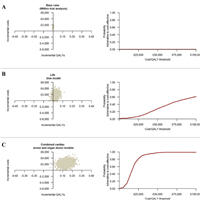
Cost-effectiveness of Adrenaline for Out-of-Hospital Cardiac Arrest
Adrenaline was not cost-effective when only directly related costs and consequences are considered. However, incorporating the indirect economic effects associated with transplanted organs substantially alters cost-effectiveness,... read more

ECG Pointers: Cocaine and ST Elevation
This ECG comes from a 21-year-old male with a history of cocaine abuse. When I say ‘history’, I mean that he just snorted some cocaine and now he has chest pain. He looks uncomfortable and sweaty, and keeps... read more

Rapid Resilience in the Emergency Department
It is the middle of a busy shift when you get the call that multiple casualties are incoming from a large fire. Your team scrambles to respond as the first victim, a 23 year old with 30% TBSA burns rolls in. He’s screaming... read more
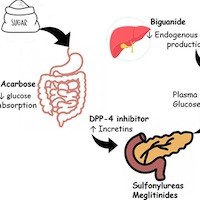
Perioperative Management of Glucose-lowering Drugs in Type 2 Diabetes Patients
Patients with type 2 diabetes are commonly referred for elective or emergency surgery. In case of scheduled surgical procedures, previous guidelines recommended to withhold oral glucose-lowering drugs. Based on recent... read more




